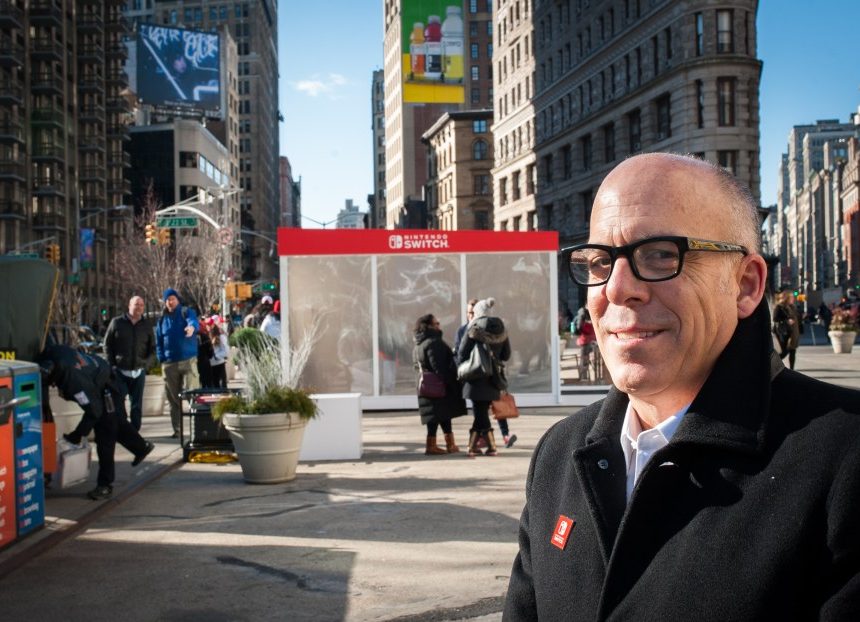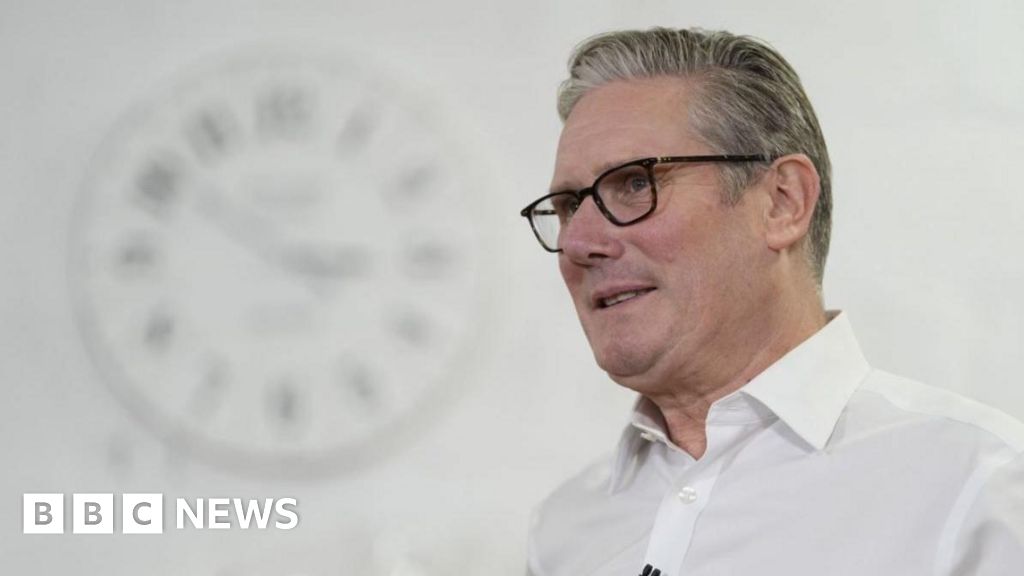John Harris is right to suggest that youth clubs tackle the issues of loneliness, phone addiction and isolation increasingly affecting young people (Britain’s youth clubs have been quietly decimated. What’s most revealing is that few seem to care, 12 October).
I see this every day in my role as CEO of the youth charity OnSide. Whether it’s watching a teenager celebrating with their youth worker after scaling the climbing wall or proudly sharing a meal they’ve cooked in the centre’s kitchen with their friends, our network of youth clubs – known as youth zones – build the real-life connections and social skills that teenagers need to thrive.
Austerity led to the closure of hundreds of youth clubs and the loss of thousands of youth workers, which devastated communities. Our experience of building a network of 16 youth zones, supporting 50,000 young people a year, has shown us that government funding alone is not enough to replace what was lost.
Instead, our model brings together public investment, philanthropy and business support, alongside hundreds of volunteers, to create a sustainable and growing network. In the next 18 months we’ll open another six youth zones in towns including Grimsby, Crewe and Barnsley. As Harris argues, youth clubs aren’t a faded throwback, they’re essential parts of a community.
Jamie Masraff
CEO, OnSide
John Harris is right to draw attention to the unacknowledged importance of youth clubs and the damage done by austerity. Anyone who works with teenagers will know that one thing they want in their lives is a “third space”, a place which is neither home nor school where they are in charge of their own time. How can we expect them to grow up if we don’t give them a place where they can practise being autonomous adults?
But it’s also worth saying that, because these are staffed and managed spaces, cuts to youth clubs have a particular impact on teenage girls. The only other third spaces available to teenagers are outdoors and unmoderated, which means that all too often they end up being dominated by boys. Over 90% of the outdoor facilities for teenagers in the UK are either a fenced pitch, a skatepark or a pump track and these are on average 90% used by boys and young men.
Girls tell me and other researchers over and over again that they hate the “bedroom culture” but they have nowhere else to go. So yes, we do need to invest a lot more in youth clubs, but we also need to build better public spaces that are safe and welcoming for all teenagers.
Susannah Walker
Frome, Somerset
Young people are becoming adults amid a mental health crisis, growing economic inactivity, and social isolation and division. How to address these problems? Evidence shows that youth work is key. Youth clubs and trained youth workers reach young people in ways that formal education, with a rigid curriculum and exam focus, cannot. The UK has the Scouts and the Guides, but the uniformed movements are not right for everyone. The starting point of skilled, professional youth workers is to listen to children, understanding their complex lives and context.
At youth clubs, teens turned off by school learning can explore creativity, ideas and skills at their own pace or set their own agenda. The government and local councils need to see them as a precious generative resource, not an economic drain.
Vivienne Jackson
Walthamstow, London
Almost everything John Harris writes about youth clubs could also be said about Sure Start children’s centres, which were crushed under George Osborne’s austerity boot. The “need for connection” that he refers to is our universal evolutionary heritage, something that well-funded councils can restore. What we now have is the privatisation of childhood and youth, a lonely and miserable condition.
Dr Sebastian Kraemer
London


